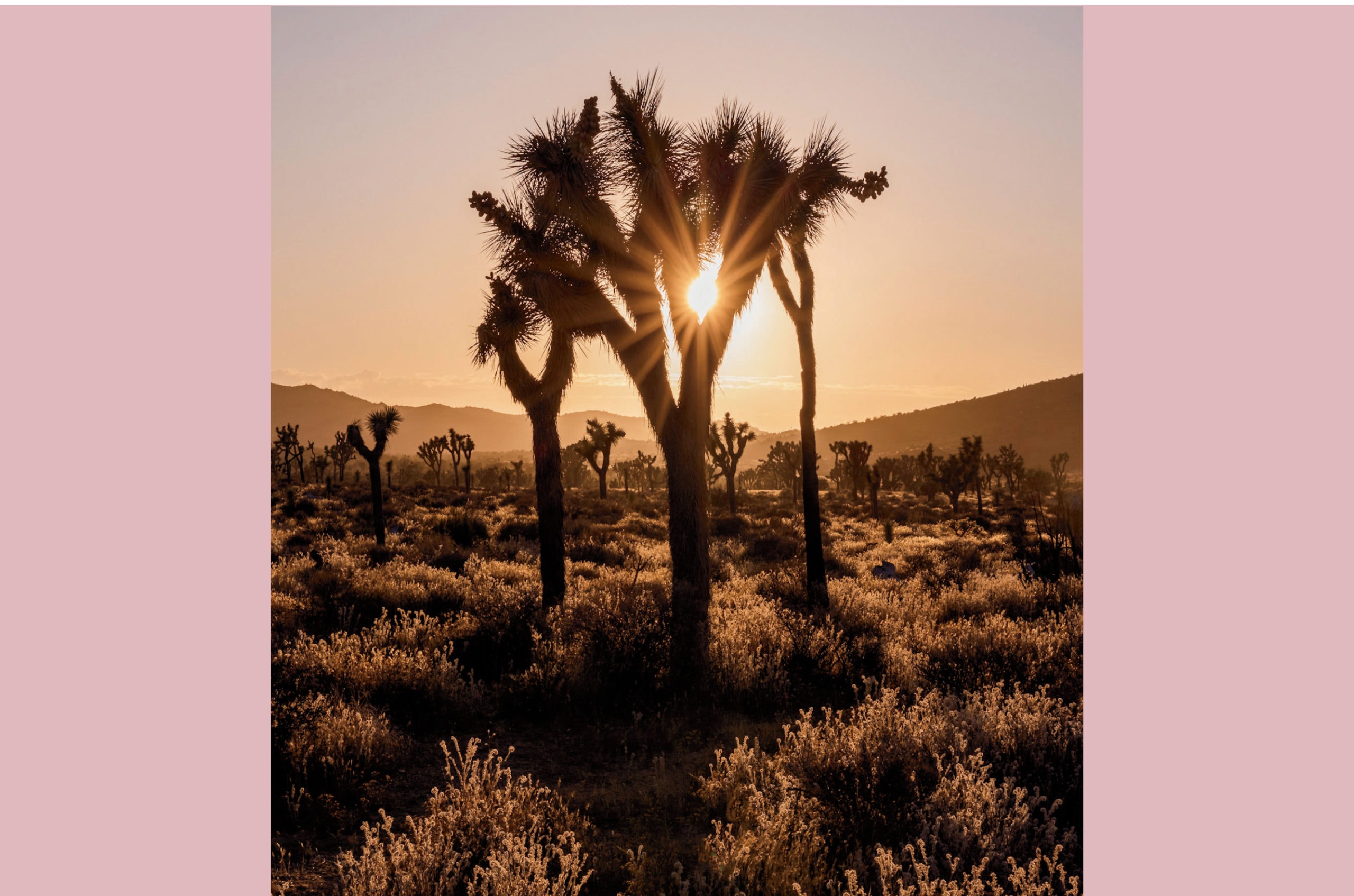A lifelong AvGeek recounts his shifting career in aviation and its influence on his photography.
I’ve been an AvGeek since I was about eight years old. When I was growing up in St. Albans, Hertfordshire, my uncle was in the Royal Air Force, and he would take me out to air shows. Soon I could identify almost any aircraft flying, and many historical aircraft, too. As a teenager I spent weekends restoring old planes at the de Havilland Aircraft Museum in London Colney, getting my hands dirty clambering over Tiger Moths and Mosquitos and doing whatever I could to restore them to museum quality. This really set the scene for my career: It had to involve aviation. I’ve succeeded, but it’s been a winding road.
As a recovering engineer and current marketer, I’ve always been a hands-on person. I think that’s why I got into photography at 14. Savings from a Saturday job selling vegetables at a local market in St. Albans for £30 a day went straight to my first camera: a trusty, Russian-made Zenit-10. Through countless rolls of poorly exposed 35mm film and a lot of trial and error, I learned the fundamentals of photography.

While I was figuring out my camera, I was also trying to figure out what to do with myself. I wasn’t a high achiever at school – it bored the pants off me. In 1985, I dropped out of high school to pursue a technician apprenticeship at British Aerospace (BAe) in Hatfield. Near the end of the program, I realized I wanted to be more than a riveter’s mate, so I enrolled in a three-year engineering degree at Kingston Polytechnic (now Kingston University, London).
After graduating in 1991, I ended up back in Hatfield, working for BAe. Over the next 13 years, I worked my way up from junior engineer to chief of Repair Engineering, spending my days inspecting and designing repairs for – and taking hundreds of photos of – 146s, RJs and Jetstreams. When Hatfield closed, BAe relocated me to Woodford, near Manchester, and then again about three years after that to Toulouse, France. It was around this time when I met my wife, Jackie. We’d only been dating for a few months when the opportunity to move to Toulouse came up. We went for it, got married and spent the next five years in France, where our two daughters were born.
In 2000, I was headhunted to work for Fairchild Dornier, so we moved to Munich, Germany. After 20-plus years in aircraft structures and design and being customer support focused, I was finally at the pointy end of things, working as chief design engineer for the 728JET program in Oberpfaffenhofen. Sadly, that only lasted about 18 months: Fairchild Dornier spectacularly ran out of money about five weeks before the 728’s maiden flight.
We moved back to the UK, where I spent a couple of years working with BAE Systems before founding my own company, Engaero, inspecting planes for BAE’s leasing division. Running my own business was great while it lasted, but untenable. As luck would have it, my previous boss at Fairchild Dornier, now at Airbus, was up for promotion and recommended me for his old position. My family and I were reluctant to move again, but this was an opportunity to get back into the industry, so we packed our bags and relocated to Hamburg.
By 2008, I was VP of Cabin Design at Airbus, overseeing cabin interior projects from the A318 up to the A380. I’d come a long way from my technician days, but was doing less and less engineering, and it wasn’t satisfying my creative side anymore. My only outlet at the time was photography, which was barely keeping me sane.
The silver lining was having more opportunities to engage with the press – magazines like Flight, Air Transport World and so on. I’d go to air shows and give tours of Airbus’ new products, which exposed me to the customer-marketing side of aviation. The more time I spent doing that, the less excited I was about engineering.
As I was coming to that realization, the CEO of in-flight magazine publisher Ink approached me out of the blue. Ink was bidding to do the media for APEX, and while they knew a lot about publishing, they didn’t know much about the cabin industry, interiors, IFE – all the things APEX is about, and all the things I happened to be an expert in!
Now, I was capturing more abstract images, highlighting the interplay of shadow and color.
Ink offered me a job as executive director of Trade Media and Events, and I accepted – poacher turned gamekeeper. It was perfect serendipity: The kids could finish up school in Hamburg while I commuted to London three days a week to revamp APEX’s media platform. I was publisher and editor of the first issue of the newly-overhauled APEX Experience magazine in 2011, which was a great opportunity, but I was completely out of my depth. I persuaded Mary Kirby to become editor and took a backseat role as publisher.
Going from engineering into a more creative role had a huge impact on my photography. Surrounded by creative people all day, my perspective evolved: Before, I had focused on cataloging my outdoor pursuits; now, I was capturing more abstract images, highlighting the interplay of shadow and color and documenting the strange scenes I saw walking around London and the Underground.
After two years, Ink and its APEX editorial team began having creative differences, and a number of us left. I was approached by Lumexis, an American IFE startup, who hired me as VP of Sales and Marketing. From 2013 to 2014, I commuted from Hamburg to California, two weeks on, two weeks off. When the girls finished school, we moved lock, stock and barrel out to the US. This was a positive move for all of us, the first time the whole family was excited about settling down somewhere new.
The girls were enrolled in high school and I continued to enjoy my work at Lumexis. Unfortunately, as is often the way of startups, it wasn’t meant to last. Overnight, the company hit a wall and went into receivership. I was in limbo for about three months while Lumexis wound up, before Panasonic Avionics approached me to run their marketing team. I stayed there until September 2018, before joining FlightPath3D as VP of Marketing.

When you work in aviation, people always ask, “Do you fly?” but I’ve never had the slightest interest in it. I’m definitely an AvGeek, but I’ve always kept a healthy separation between the industry and my personal pursuits. Now that I’m living in California, my photographs have shifted back toward nature, landscape and travel – about as far from the airport as you can imagine. Joshua Tree National Park holds a special place in my heart, and I try to go about once a month. Recently, I almost got caught up in a flash flood trying to capture the perfect image of storm clouds brewing over the desert.
Throughout my career, I’ve been very lucky to be able to travel. As an avid member of the APEX community, I’ve attended trade events all over the world: Singapore, Shanghai, Barcelona, you name it. More and more with work trips, I try to tack on extra time to get out and take pictures. It’s really given me the opportunity to appreciate the world through the lens of my camera.
For the past seven years, I’ve been involved with a charity called Art4Apes. We host an annual four-day exhibition and fine art and photography contest at Art Basel in Miami Beach to raise money for the Center for Great Apes in Florida. I do all the social media, videography, marketing and photography for the event, which means taking lots and lots of photos of people – completely different from landscapes or travel.
I always tell my daughters that you can no longer join a company and expect to be there for the rest of your career. You have to reinvent yourself as you go along. I think the same is true for our industry, which is facing an increasing challenge to keep up with passenger expectations. Companies need to become more agile, more willing to partner and to always be innovating.
“Changing Focus” was originally published in the 10.1 February/March issue of APEX Experience magazine.


